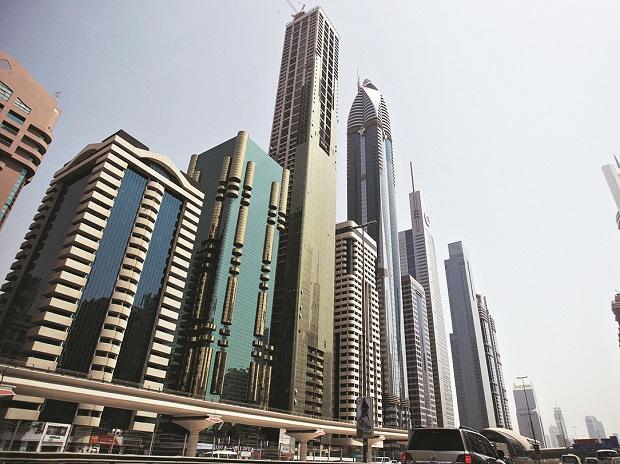[ad_1]
The net absorption of office space in calendar year 2022 has surpassed the five-year pre-pandemic average (2015-2019) by 3.1 per cent, and is second only to the 2019 absorption number for the past 10 years, says a report by JLL.
India’s net office market absorption across the top-7 cities in 2022 was at a three-year high of 38.25 million sq ft. The top 7 cities were Mumbai, Delhi NCR, Bengaluru, Hyderabad, Chennai, Kolkata and Pune.
However, the report added that net absorption was down 19 per cent at 7.99 million sq ft on a quarter-on-quarter (QoQ) basis. During the fourth quarter of 2022, Delhi NCR led with a 23.7 share of net absorption, with Hyderabad and Chennai showing strong year-end momentum to power ahead of even Mumbai and Bengaluru.
The top three cities had a combined 60.9 per cent share of net absorption in Q4 of 2022, driven by strong supply addition backed with previous pre-commitments.
“Full-year net absorption for all cities (in 2022) is higher than in 2021. Pan-India, net absorption was up 46.1 per cent YoY,” said Rahul Arora, Head-Office Leasing Advisory India & MD, Karnataka & Kerala, JLL India.
Strong job creation, India’s credentials as a tech and innovation hub, firm corporate expansion plans, and a greater number of firms looking at India for talent, are all growth drivers that have helped the office market put up such a performance in 2022, Arora added.
The year saw record-high completions, with previous pre-commitments being honoured by most occupiers. Return to work has gained momentum across all industries pushing office occupancies higher, and supporting the net absorption numbers achieved in 2022.
“Over the next 12 months, 53-58 million sq ft has been lined up with average pre-commitment levels of 14-17 per cent. For assets owned by institutional landlords which are 30 per cent of the supply pipeline, pre-commitment rates stand at 22-25 per cent. Space requirements have softened slightly with active requirements declining by about 15 per cent, as many real estate plans have been put on hold or deferred indefinitely, given the evolving macroeconomic headwinds,” said Samantak Das, chief economist and head of research and REITS, India, JLL.
“Driven by segments like flex, healthcare & life sciences, GCCs and manufacturing/industrial along with India’s leadership in the global tech ecosystem, office demand in 2023 is expected to be similar to 2022 with a marginal upside,” Das said.
Also, gross leasing activity during calendar year 2022, at 49.41 million sq ft, hit a three-year high. In fact, the figure was 84 per cent of the 2019 highs, signalling robust post-Covid revival, the report said.
Mumbai, Bengaluru and Delhi NCR accounted for 23.5 per cent, 19.6 per cent, and 18.8 per cent share of gross leasing activity, respectively, during the Q4 2022 quarter.
According to the report findings, Delhi NCR, Bengaluru and Mumbai accounted for over two-thirds share of occupier activity in 2022. The market momentum attained earlier in the year tapered off towards the end, slipping on global headwinds as occupiers slowed down decision-making. Many of them were waiting for headline trends to emerge from their corporate HQs, and from global clients, on overall business direction before moving ahead with their real estate strategies.
Tech retained its top spot in transaction activity but saw its share slipping for the third quarter in a row to 25.3 per cent. Flex continued its golden run, recording an 18.8 per cent share of gross leasing activity.
“BFSI showed good momentum, backed by some large transactions in Mumbai during the quarter, with its share of gross leasing at 14 per cent. For the whole of calendar 2022, tech leads with a 27.6 per cent share followed by flex (18.5 per cent) and manufacturing/industrial (13.9 per cent),” the report said.
The quarterly supply, at 14.83 million sq ft, was up 23.8 per cent. In 2022, new completions reached a historic high in the Indian office space, at 58.27 million sq ft.
According to the report, Hyderabad and Bengaluru led completions in Q4 2022. Their combined share of quarterly supply additions stood at 60.5 per cent.
The report also mentioned that the pan-India vacancy has risen to 16.6 per cent, up 60 bps QoQ, with a stronger supply infusion compared to expansion-driven occupier activity. Vacancy is expected to remain within a range of 16-17 per cent.
[ad_2]
Source link



